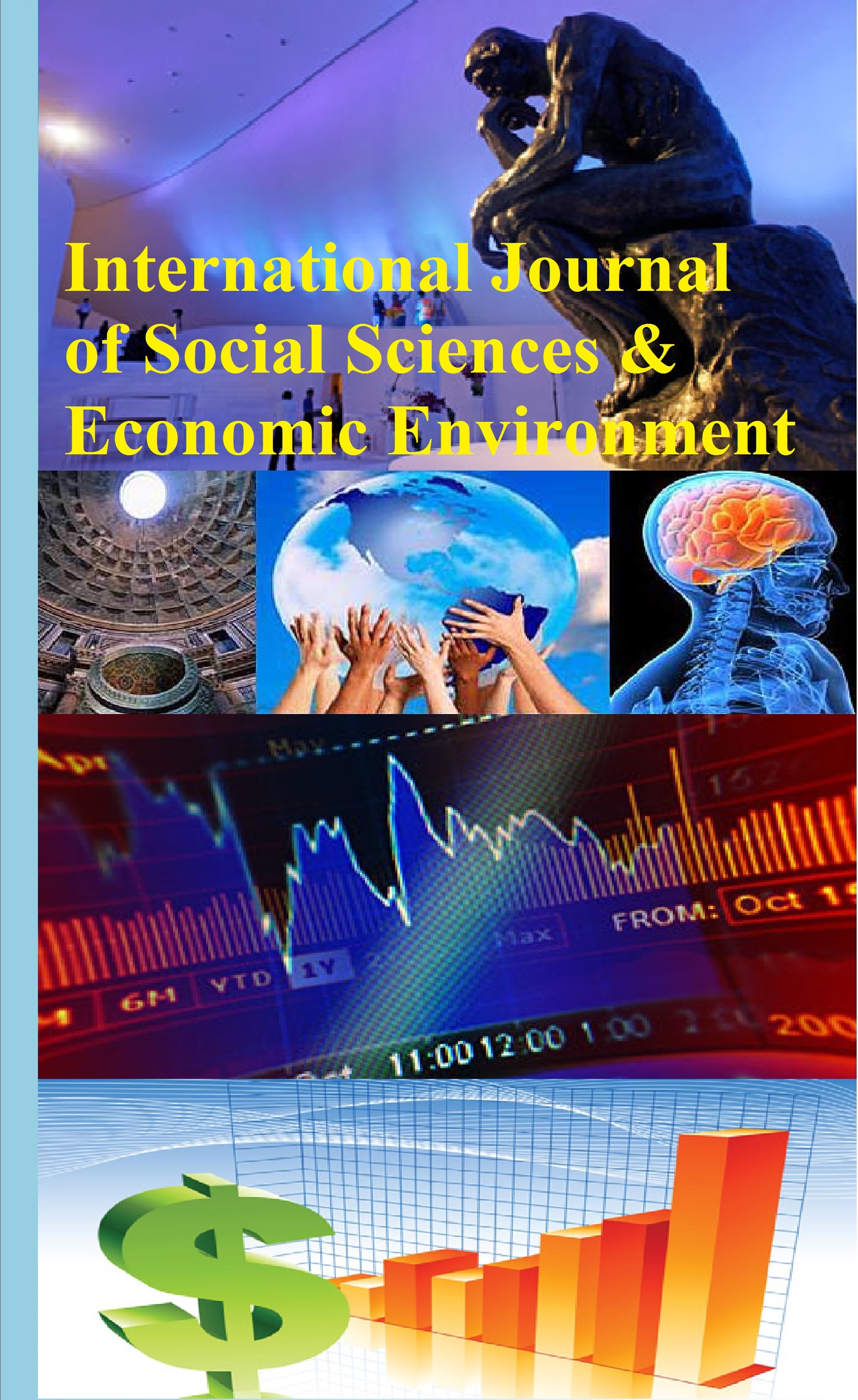ABSTRACT
This research paper is concerned with poverty and factor responsible behind it in Africa continent. The World Bank is the main source for global information on poverty and extreme poverty today and it sets the International Poverty Line. The poverty line was revised in 2015—since then, a person is considered to be in extreme poverty if they live on less than 1.90 international dollars (int.-$) per day. This poverty measurement is based on the monetary value of a person's consumption. Income measures, on the other hand, are only used for countries in which reliable consumption measures are not available.
It is important to note that the International Poverty Line is extremely low. Indeed, 'extreme poverty' is an adequate term for those living under this low threshold. Focusing on extreme poverty is important precisely because it captures those most in need. However, it is also important to point out that living conditions well above the International Poverty Line can still be characterized by poverty and hardship. Accordingly, in this entry we will also discuss the global distribution of people below poverty lines that are higher than the International Poverty Line of 1.90 int.-$.
Poverty in Africa refers to the lack of basic human needs faced by certain people in African society. African nations typically fall toward the bottom of any list measuring small size economic activity, such as income per capita or GDP per capita, despite a wealth of natural resources. . In 1820, the average European worker earned about three times what the average African did. Now, the average European earns twenty times what the average African does.
Key Words: Poverty, GDP, Africa, India, Global perspective
 Check for Updates
Check for Updates




